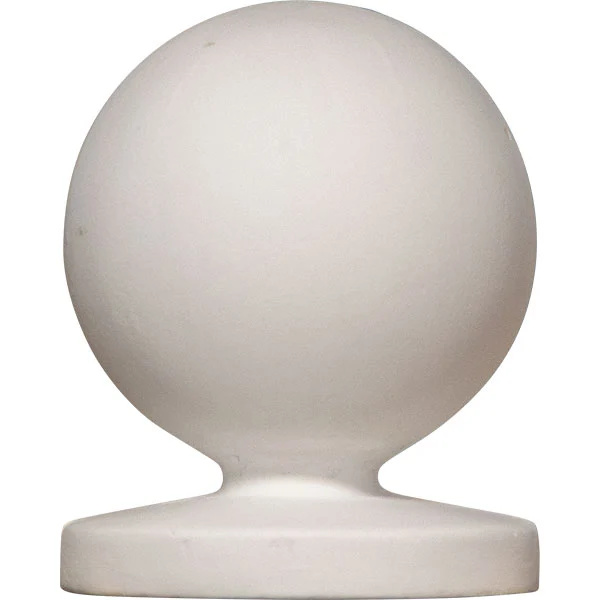Hi all,
Just wondering what everyone’s take is on the safest type of arena fence?
I’ve just had my second crash into a hard, thick rectangular timber post and feel very lucky to have survived this one (head first from a gallop, grazed the post with my ear and took the force on my shoulder blade… thank god for air vests but still very sore!). So I’m ready to get rid of the whole fence at this point.
I had originally preferred vinyl but our builder dissuaded me and we instead went with heavy timber concreted in… great for preventing his team having to come back and fix broken or displaced fencing but not so great for horse and rider safety. Aside from vinyl, I had also considered rubber flexible rail or thick tape. There would still need to be posts for the rail or tape fencing but I could likely get away with narrower and round. The other option I can think of is hedging, though we’re in quite an exposed environment and would need to find something without a lot of windsail. Would love to know if I’m overlooking anything 



 They have them at some of the show grounds down here. Would be easy to do if you’re okay with taking a chainsaw to your fence posts!
They have them at some of the show grounds down here. Would be easy to do if you’re okay with taking a chainsaw to your fence posts! I don’t think I have affordable access to vinyl or plastic posts due to my location (Ireland) but I will absolutely be taking a chainsaw to our fence (woo, free therapy!) and shortening it as suggested to its lowest rail. I will leave the posts with the sprinkler heads at full height and use coated electric strands between them as my top rails. I do love the idea of a second fence set further back and will try to save my pennies for that option in the future
I don’t think I have affordable access to vinyl or plastic posts due to my location (Ireland) but I will absolutely be taking a chainsaw to our fence (woo, free therapy!) and shortening it as suggested to its lowest rail. I will leave the posts with the sprinkler heads at full height and use coated electric strands between them as my top rails. I do love the idea of a second fence set further back and will try to save my pennies for that option in the future